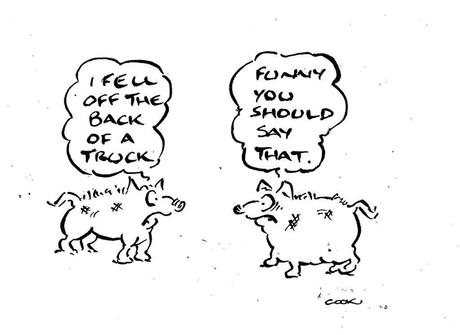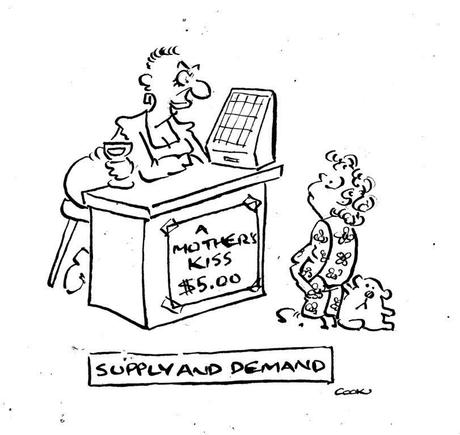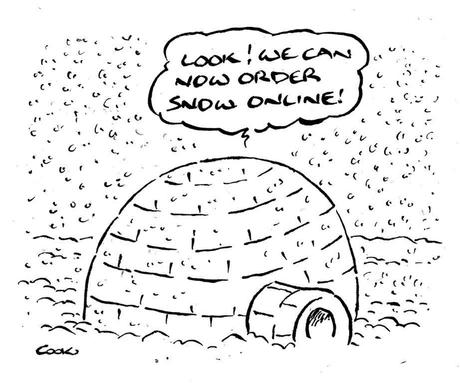

Love technology; focus on business

His next stop was a start-up.
One hundred miles south, a town in the neighbouring state was enjoying a spectacular wheat harvest. A friend owned a truck. Why not take the unsold inventory of the now-closed general store and sell it in the more fortunate town?
That beta test worked and the idea got traction. They spent the rest of the depression moving unsold supplies from depressed markets to more prosperous locations where they’d park in the main street and sell off the back of the truck. They survived the Depression. So did their families. He was a successful retailer for the rest of his life — although he did have to take a few years off to fight in a war.
Basic principles still apply

Technology gives us a way to quickly connect to a wider clientele in a far more convenient form. AI will simply make it more so. Yet focussing on the system can take our eye off the breadth of the opportunity. Amazon spent many years only selling books. It turned out that the delivery system, not the product, was the asset.
The power of convenience.
This is the key driver in startup momentum. Watching a product demonstration recently a potential investor made the inevitable comment: “Wow! You did all that in three clicks!”
That’s exciting, but it only converts into a business model when you work out how many customers are also going to say “Wow!”

These baby steps take you from testing market perception through to gathering customer data and building a pipeline. Each point along the way asks questions about who else you can connect with. You’ll get digitised along the way.
This process doesn’t require a massive investment. It simply applies old commercial practices. You can do it online, or with a channel partner, or physically via the post or even a pop-up. My father used the back of a truck but the rules haven't changed.

